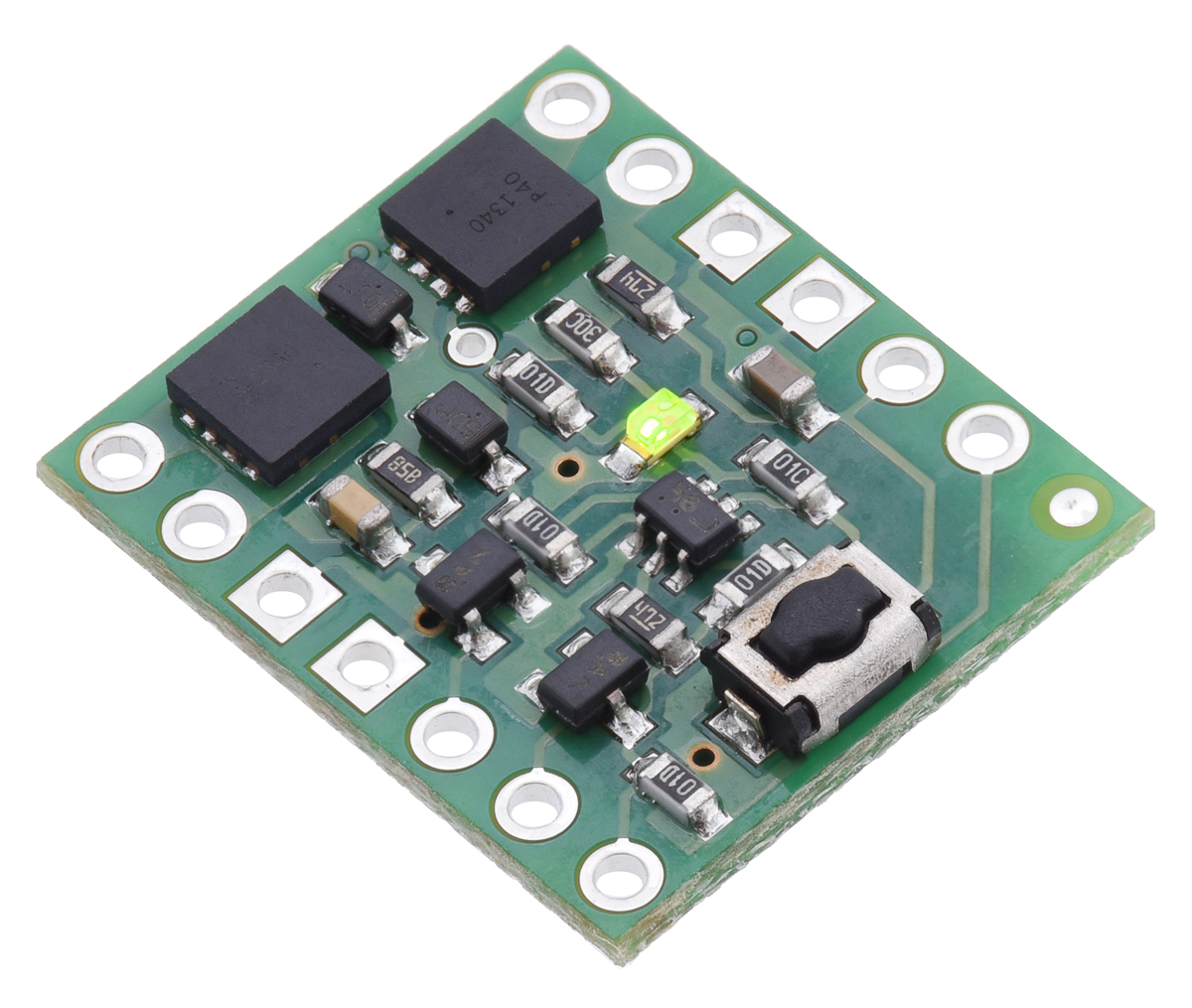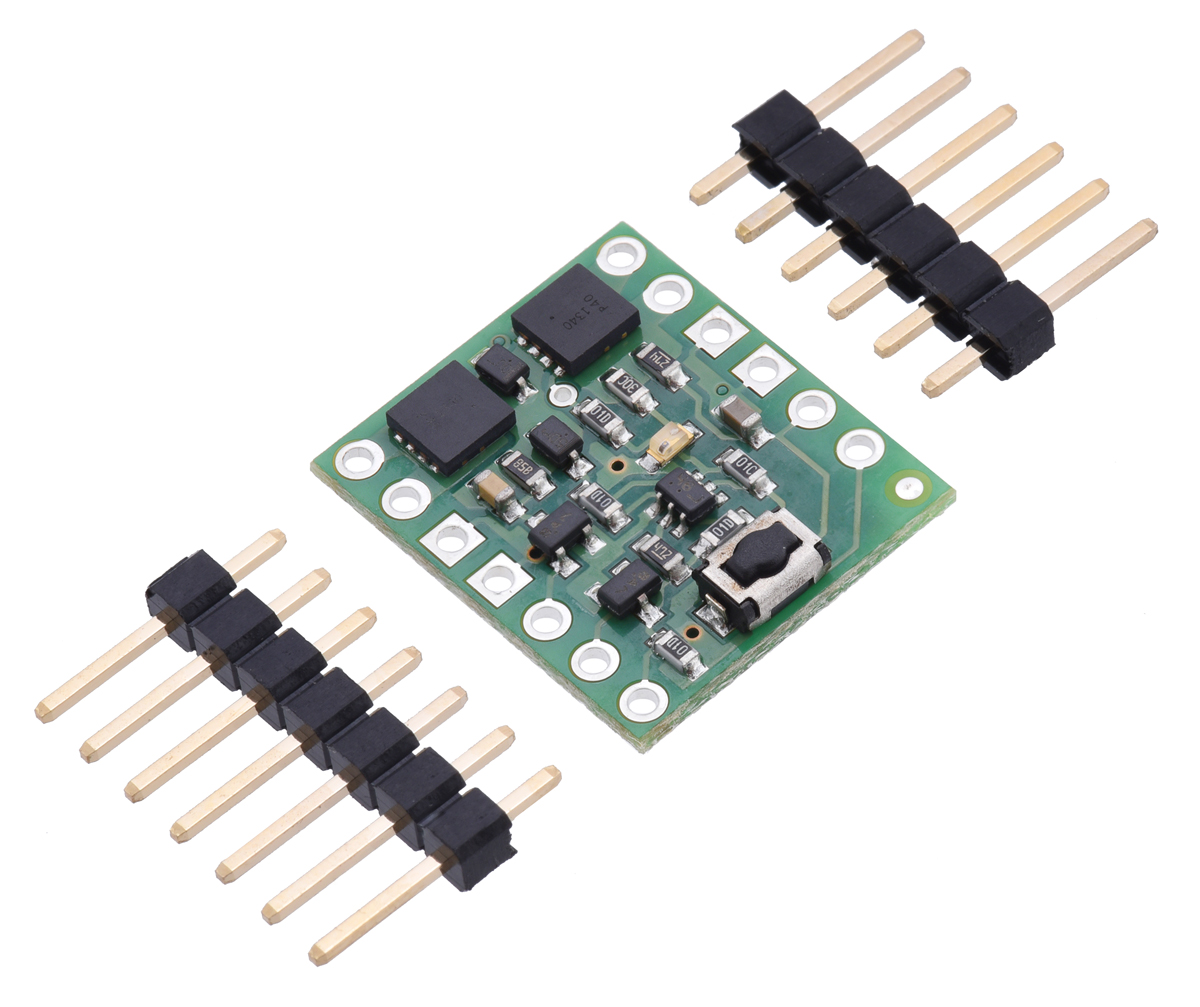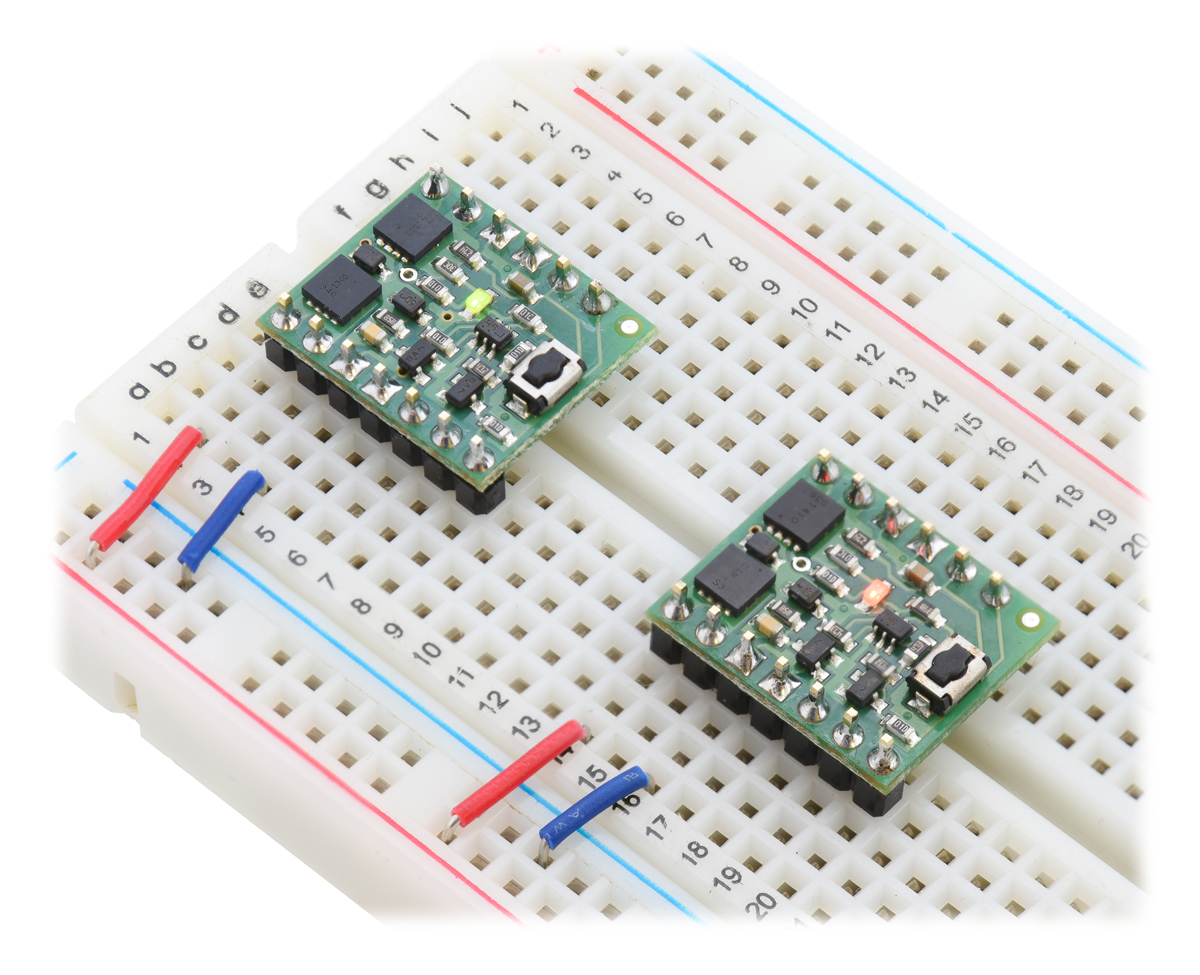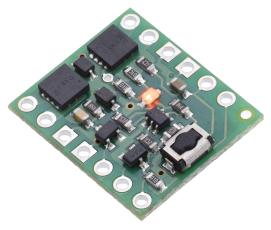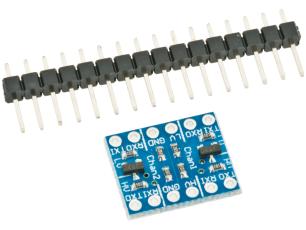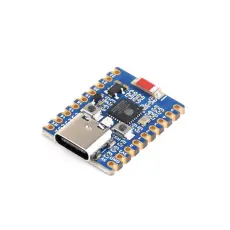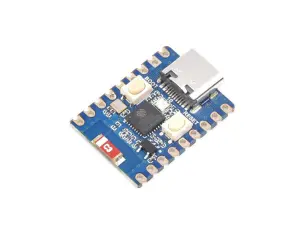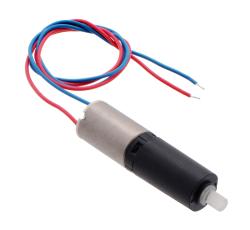Product description
Elektronic solid-state switch with smart features for safe appliance control.
The current is controlled using a momentary switch: one press turns it on, another press turns it off. Control inputs enable automation, either through automatic shutdown from the powered device or via microcontrollers, Raspberry Pi, microswitches, reed relays, etc.
As momentary switches are used, multiple buttons and control sources can be combined in parallel. The switch's circuit filters contact bounce, but heavily bouncing switches (several milliseconds) may cause issues.
A momentary switch is pre-mounted. Connection points for external switches are available, as well as separate inputs for ON-only or OFF-only functions — for example for emergency stop features. Since only very low current passes through the control circuit, almost any type of switch can be used.
The switch has built-in reverse polarity protection and can break voltages from 4.5 to 40 V, up to 4 A. (Note: the unit will heat up at high power levels.) Powered directly by the voltage being switched.
Connections
- A: Connect to B via a momentary switch to toggle the switch.
- B: (see A)
- ON: A high pulse (> 1 V) closes the switch.
- OFF: A high pulse (> 1 V) opens the switch.
- CTRL: Direct control of state. A high pulse (> 1 V) closes the switch, a low pulse (grounded) opens it. Leave floating if no control is needed. Note: Do not send a pulse to CTRL at the same time as to OFF.
Advantages compared to mechanical switches
- Compact design
- Built-in reverse polarity protection
- Possibility of multiple control buttons in parallel
- Eliminates contact bounce, providing clean signals
- Limits current spikes from inductive loads
- Automatic shutdown via OFF input
- Control from microcontrollers, timers, etc. via ON and CTRL inputs
- Fits breadboards and prototyping boards
- Built-in status LED
Disadvantages compared to mechanical switches
- Polarized — current cannot flow from VOUT to VIN
- Limited operating voltage range
- May lose state on power-off; normally starts in OFF state but may occasionally start ON at higher voltages
- For DC only — loses state with heavy AC voltage fluctuation and noise
- Isolation is not complete in OFF state

